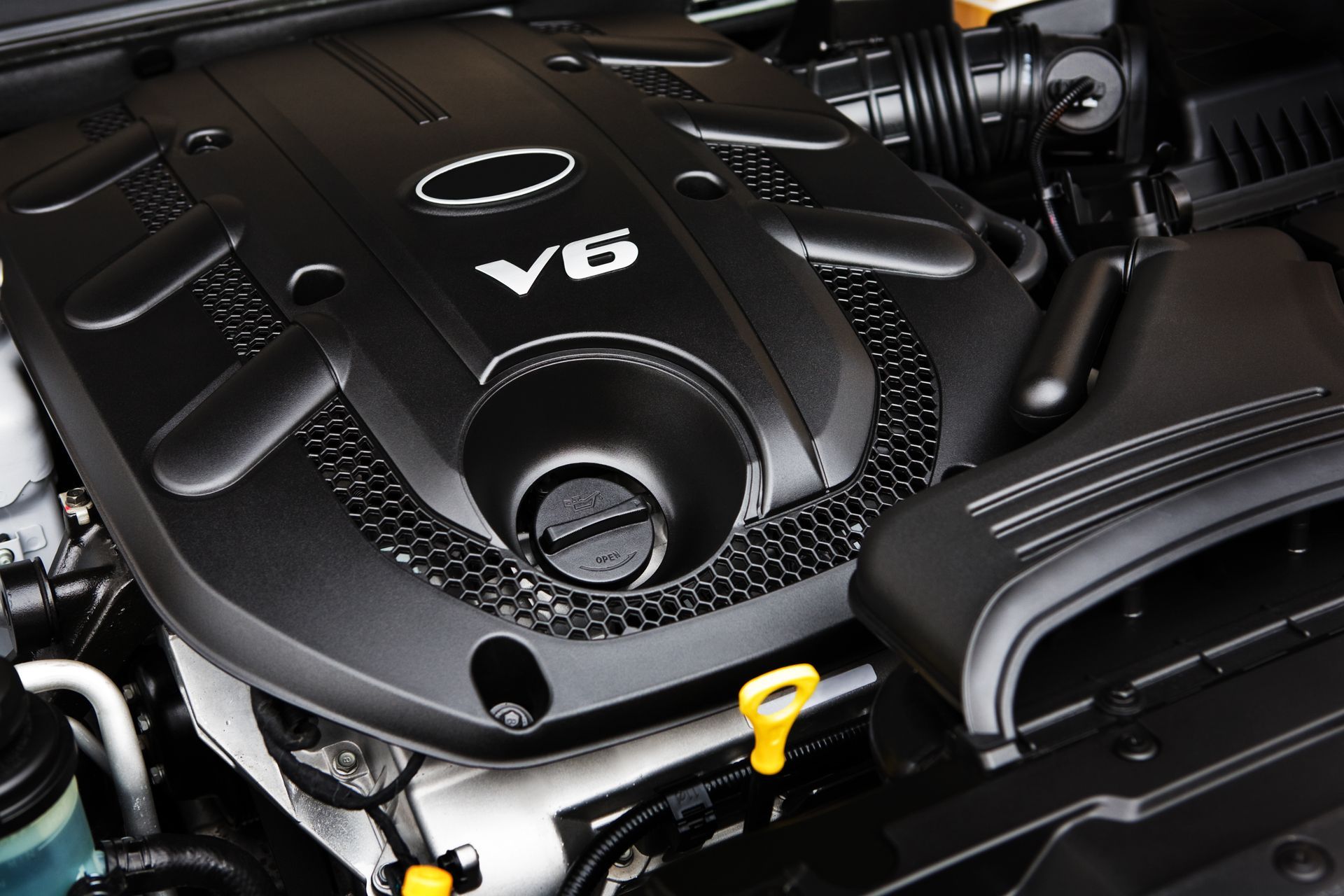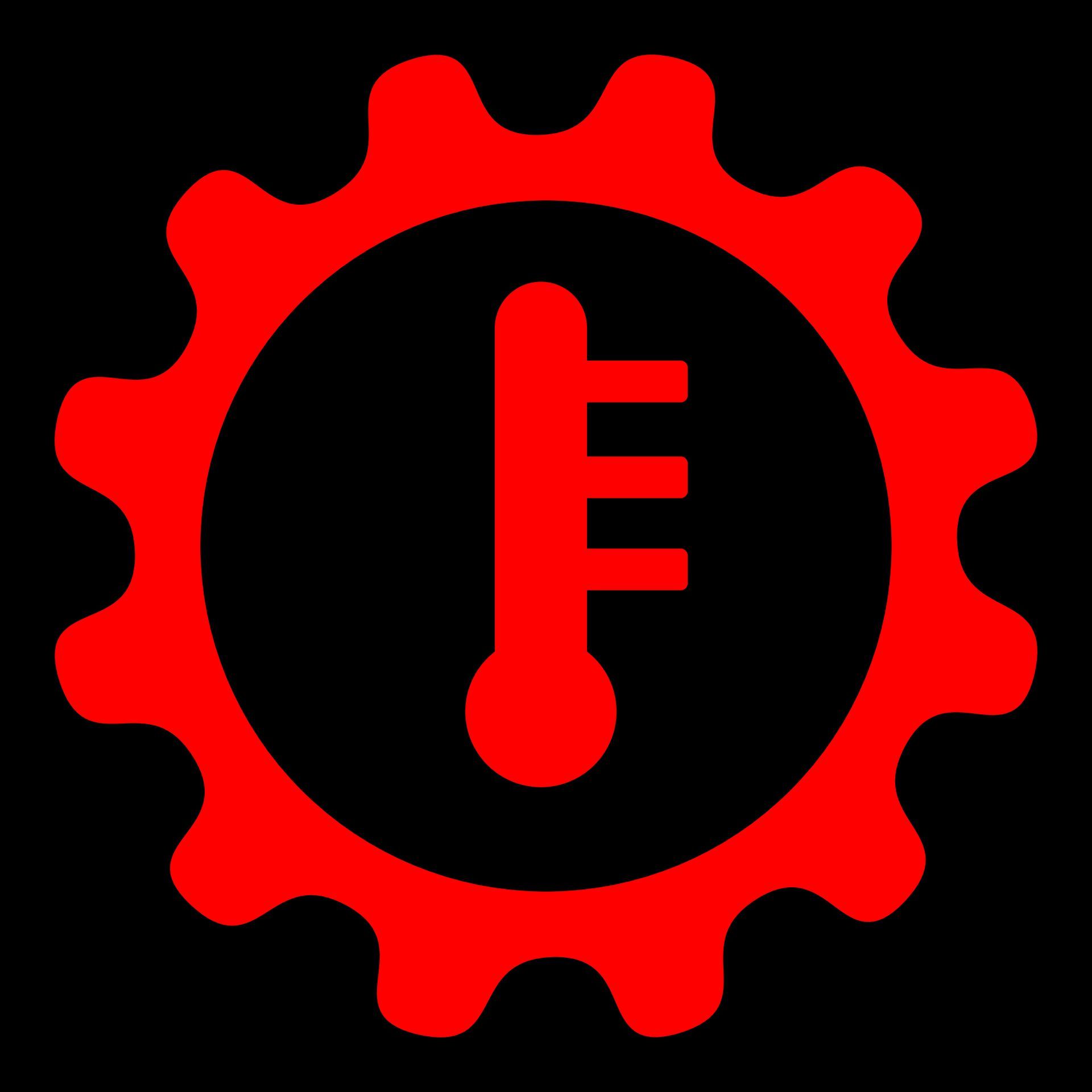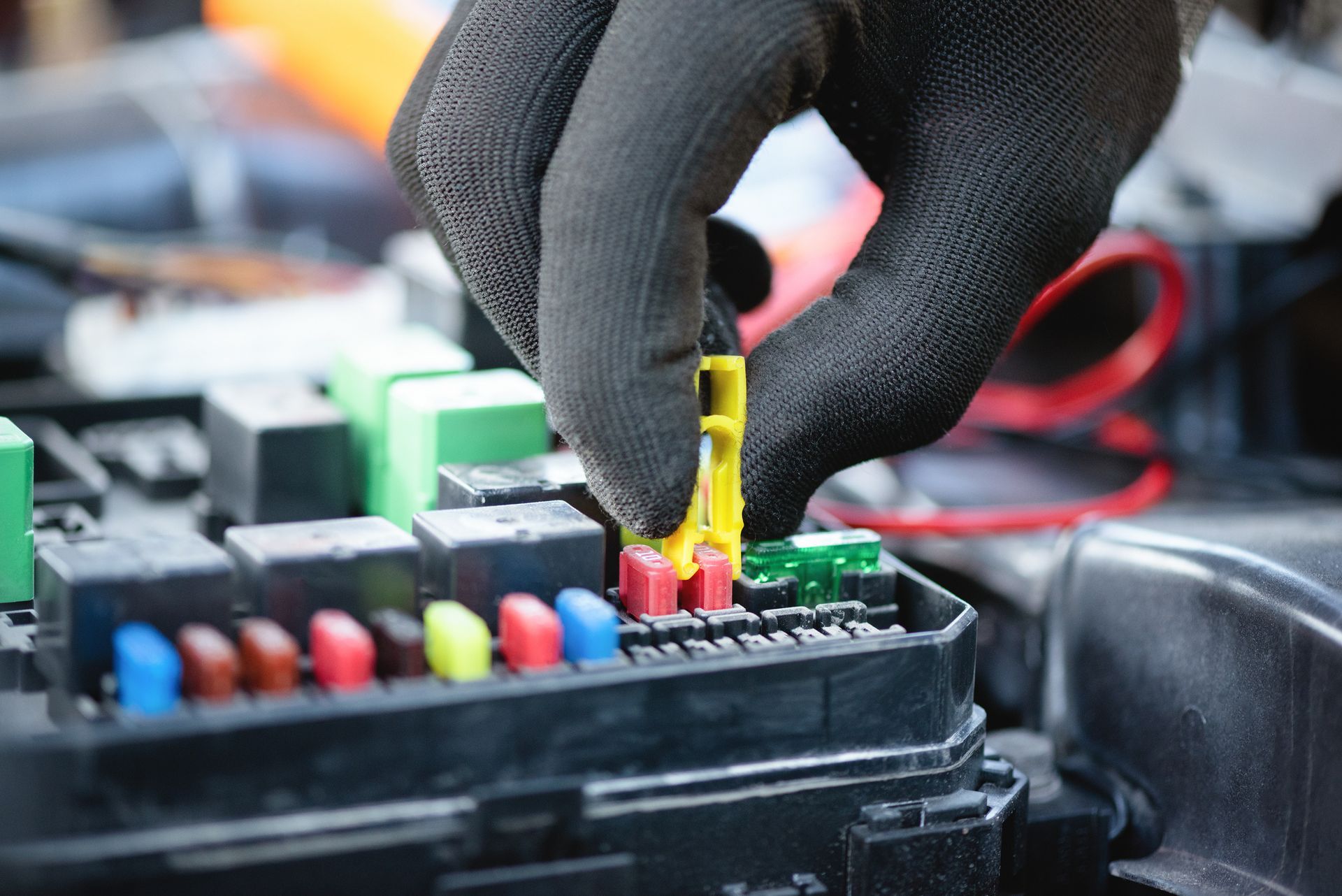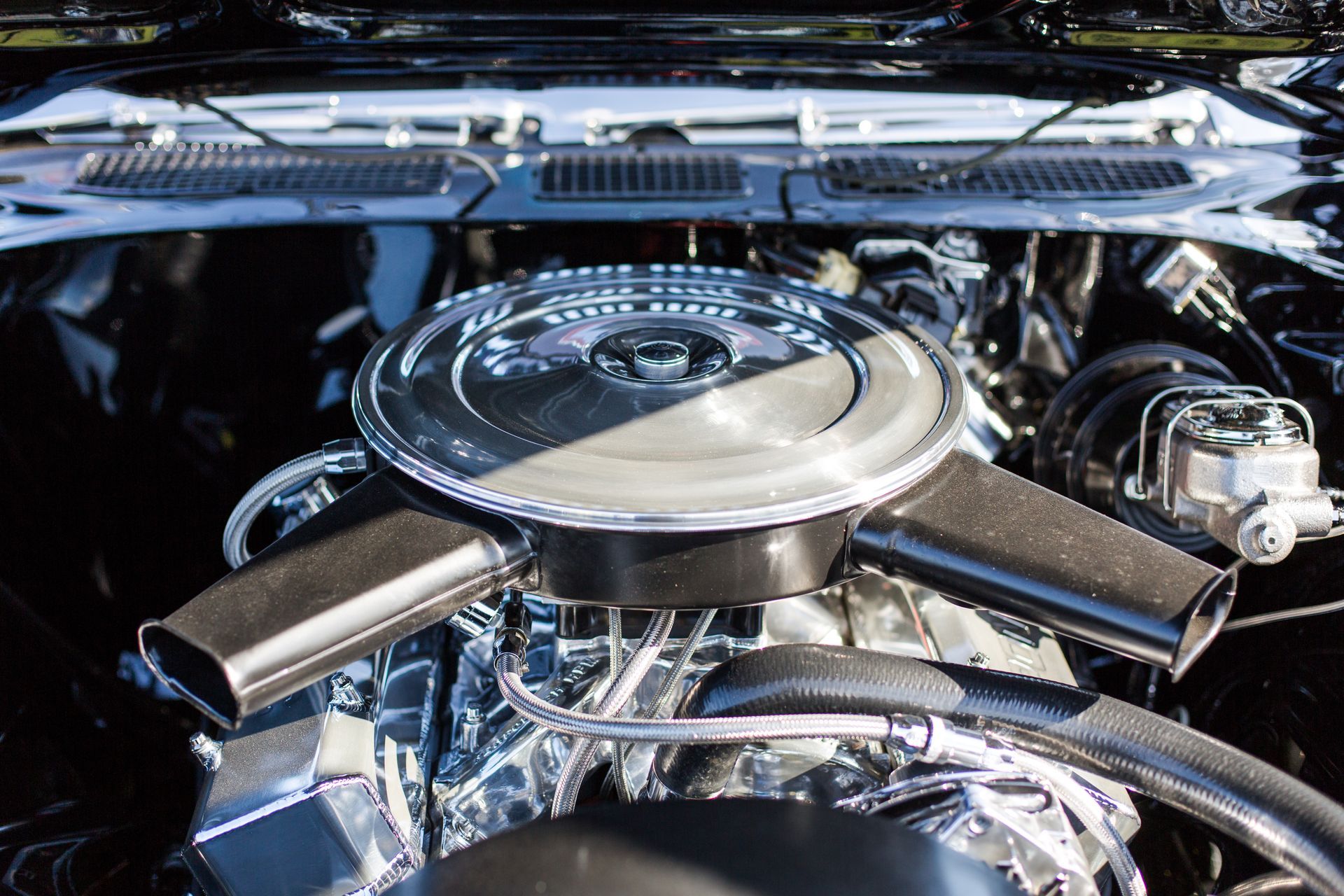Noticing a drop in your engine oil level between oil changes is never something to ignore. While some oil loss over time is normal, consistent low levels could point to a leak or oil consumption issue. But how can you tell the difference between the two?
Understanding the symptoms of both oil burning and oil leaking can help you catch problems early and prevent serious engine damage down the line.
Signs of an Oil Leak
Oil leaks are often easier to spot because they leave visible clues behind. Here are some of the most common indicators:
Oil Spots Under Your Vehicle
If you notice dark puddles or wet spots under your parked car, especially near the engine area, it’s likely oil is leaking. These spots may appear after overnight parking and can vary in size depending on the severity of the leak.
Smell of Burning Oil From the Engine
Oil leaking onto hot engine components, such as the exhaust manifold, can create a strong burning odor. You may also see light smoke coming from under the hood. This is a clear sign that oil is dripping onto surfaces that get very hot while the engine runs.
Low Oil Levels After Short Trips
If you’ve recently topped off your oil but notice it’s dropped significantly after only a few drives, a leak may be the culprit. Checking the oil level regularly using the dipstick will help confirm whether your engine is losing oil too quickly.
Oil Leaking From Gaskets or Seals
Sometimes leaks start small, like a bit of seepage around the valve cover gasket or oil pan. A technician can inspect these areas during a routine service and let you know if parts are starting to wear out or fail.
Signs of Burning Oil
When your engine burns oil internally, the signs aren’t always obvious at first. However, over time, you may notice the following:
Blue or Gray Smoke From the Exhaust
One of the clearest signs that your car is burning oil is blue-tinted smoke coming from the tailpipe. This typically means oil is entering the combustion chamber and being burned alongside fuel.
Increased Oil Consumption Without Visible Leaks
If you’re consistently adding oil but there are no signs of external leakage, your engine might be burning it internally. This could be caused by worn piston rings, valve seals, or cylinder wall damage.
Check Engine Light or Engine Misfires
Burning oil can cause carbon buildup on spark plugs, which may lead to engine misfires or poor performance. A technician may find oil-fouled plugs during inspection, confirming internal oil consumption.
What Causes These Issues
Leaks often come from worn gaskets, damaged seals, or cracked components. Common sources include the valve cover gasket, oil pan gasket, front and rear main seals, and the oil filter housing.
Burning oil is more common in older or high-mileage engines. As components wear down, oil begins to sneak past seals and into the combustion chamber. Some engines are also more prone to burning oil by design, especially certain turbocharged or performance models.
How to Prevent Oil Loss Problems
- Monitor oil levels regularly using your dipstick.
- Watch for any changes in performance, smell, or exhaust color.
- Have oil changes done on time with the correct oil type and weight.
- Address any new warning lights or unusual engine behavior quickly.
Let Wagamon Brothers Help Keep Your Engine Protected in Columbia Heights, MN
If you suspect your car is burning oil or leaking it, the team at
Wagamon Brothers in Columbia Heights, MN, can help. Our experienced technicians will perform a full inspection, find the source of the problem, and recommend the right solution. Don’t wait until oil issues lead to costly repairs. Schedule your visit today and keep your engine running clean and strong.










